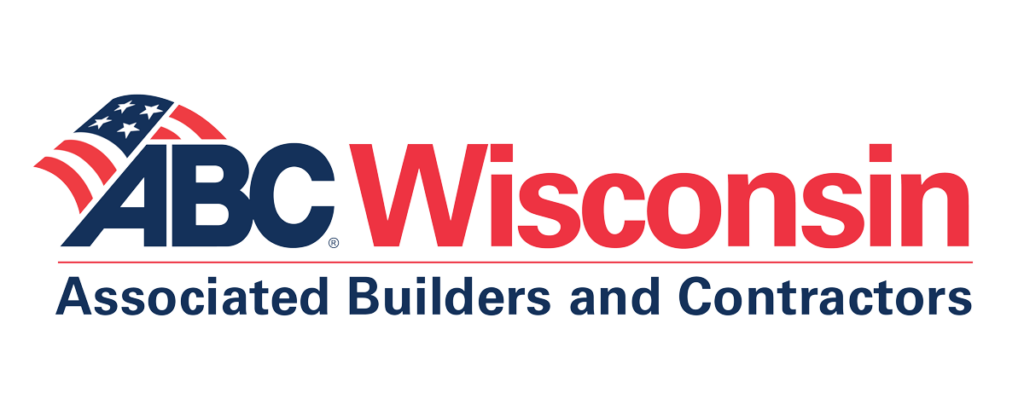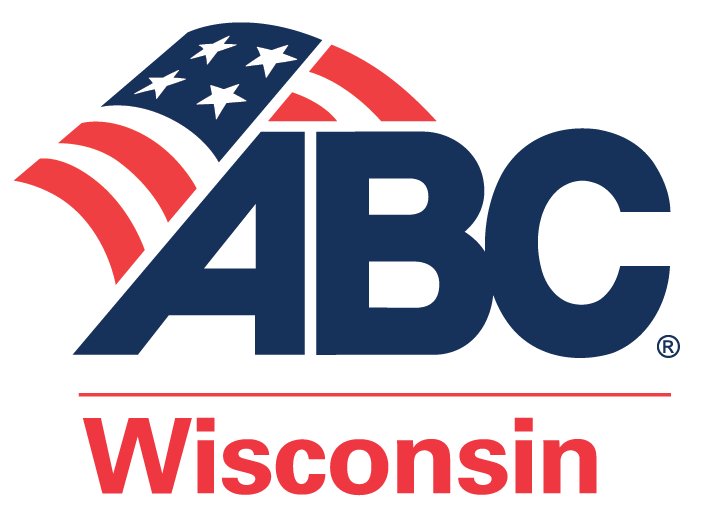As agents that specialize in Worker’s Comp and risk management, our biggest wish would be to get $1 for every time we heard a prospect say, “Worker’s Comp, it’s all the same, right?” In their defense, it’s what they have been told by almost everyone in our profession. So, why would they think any different? Let us say it clearly, “Worker’s Comp is NOT all the same!”
 Ultimately Worker’s Comp is a program that protects the employer and the employee at time of work place injury, yet the misunderstanding of benefits, fear of doing the wrong thing, or lack of a plan leads to an unmanaged program, or in other words, nobody is driving the Worker’s Comp program bus. We’d bet that almost every other aspect of your business has a bus driver. For example all areas like, supply chain, project management, customer service, all the way to who answers the phones have a driver; a person who executes or creates the plan. But when it comes to Worker’s Comp, many times nobody is driving the bus.
Ultimately Worker’s Comp is a program that protects the employer and the employee at time of work place injury, yet the misunderstanding of benefits, fear of doing the wrong thing, or lack of a plan leads to an unmanaged program, or in other words, nobody is driving the Worker’s Comp program bus. We’d bet that almost every other aspect of your business has a bus driver. For example all areas like, supply chain, project management, customer service, all the way to who answers the phones have a driver; a person who executes or creates the plan. But when it comes to Worker’s Comp, many times nobody is driving the bus.
The truth is there are lots of options in Worker’s Comp services available to policy holders and many premium cost drivers which Worker’s Comp managers are unaware of. By not taking advantage of the tools and services available, along with not managing the cost drivers, most businesses are overpaying for their Worker’s Comp premiums. Below are four mysteries we have outlined to increase your Worker’s Comp premium. It may surprise you NONE of them have anything to do with your dividend. Experience tells us any of the listed mysteries, left unsolved or without a bus driver, will make that great dividend look kind of small when the final bill is due.
#1. The E-Mod: Did you know that your E-Mod (the multiplier that raises or lowers your comp cost) could be wrong? That’s right, just because the State of Wisconsin or your agent says your MOD is what it is, doesn’t make it so. You should be asking your agent annually if they have validated your MOD. If they haven’t, they are not doing their job. Your E-Mod can have a huge impact on your insurance budget and an incorrect percentage can cost your company $1,000’s annually. It is estimated that 60 percent of businesses have an incorrect E-Mod. When is the last time you or your agent validated your E-Mod?
#2. Claim Handling: One of the biggest mistakes we see prospects doing is diagnosing the level of care appropriate for their employees’ injury. Usually there is never a plan for injury; just a reaction to one.
Here is a normal scenario: An employee gets hurt and tells the boss. The boss wants what is best for the employee and also doesn’t want to be accused later on they denied any care. The boss says, “Go to the emergency room.”
Does this sound familiar? Scenarios like this are how almost every one of our current clients previously handled work place injury; however the key word is previously. Most of our customers or individuals tasked with managing a work place injury have no medical training. So, what gave them the idea they have the ability to diagnose medical treatment? Claims need to be handled correctly from the start if costs are going to be managed. By diagnosing care on their own, they have immediately lost control of the claim.
To have control is to have a plan and the best time to make a plan is before an injury happens, not when the incident happens or after the fact. When you have a plan, you stay in control and can feel confident you are managing the expense. Make a plan today for a work place injury that WILL happen tomorrow, and appoint a bus driver to develop and implement your plan.
#3. Hiring an Injury: It is easier to hire smart than manage tough. Do you have a pre-hire checklist that contains a condition of employment and pre-placement physicals?Does it clearly state the duty of employee to report injury in a timely manner? If some or any of the listed is missing from requirements of employment when hiring, you could be setting your business up to pay for an injury that never happened on your watch.
#4. Medical Provider Relationship: Does your business have a relationship with a medical provider, occupational clinic or a physical therapy source? The medical provider’s pen is much mightier than the sword. One swipe of the doctor pen and your employee’s injury can send incident and premium costs skyrocketing.
In Wisconsin, you cannot direct care as an employer, but you can soft steer the care. That said, there is nothing stopping you from partnering with a medical provider. Invite that provider into your place of business. Have employee meetings where they can speak to the benefits of occupational care and the pitfalls of lost work time and wages. This way your employees can interact with the medical professionals they may end up seeing because of a work place injury and be more likely to go to a facility of your suggestion because of a developed relationship.
Odds are you are good at what you do and there is a reason you are good at it. We suggest you find an agent that is just as talented solving the Worker’s Comp puzzle. There are many other mysteries of Worker’s Comp that could be driving costs at your business and your agent owes it to you to guide that conversation. So, who’s driving the bus at your company? Is it you? Is it your agent? Or are you in the camp of “work comp, it’s all the same?” We challenge you to ask your self today, “Who’s driving the bus?”
By Chris Rasmussen & David Obermann
Chris Rasmussen, CIC & David Obermann are Commercial Insurance Advisors with ABC member Ansay & Associates.






 Ultimately Worker’s Comp is a program that protects the employer and the employee at time of work place injury, yet the misunderstanding of benefits, fear of doing the wrong thing, or lack of a plan leads to an unmanaged program, or in other words, nobody is driving the Worker’s Comp program bus. We’d bet that almost every other aspect of your business has a bus driver. For example all areas like, supply chain, project management, customer service, all the way to who answers the phones have a driver; a person who executes or creates the plan. But when it comes to Worker’s Comp, many times nobody is driving the bus.
Ultimately Worker’s Comp is a program that protects the employer and the employee at time of work place injury, yet the misunderstanding of benefits, fear of doing the wrong thing, or lack of a plan leads to an unmanaged program, or in other words, nobody is driving the Worker’s Comp program bus. We’d bet that almost every other aspect of your business has a bus driver. For example all areas like, supply chain, project management, customer service, all the way to who answers the phones have a driver; a person who executes or creates the plan. But when it comes to Worker’s Comp, many times nobody is driving the bus.




